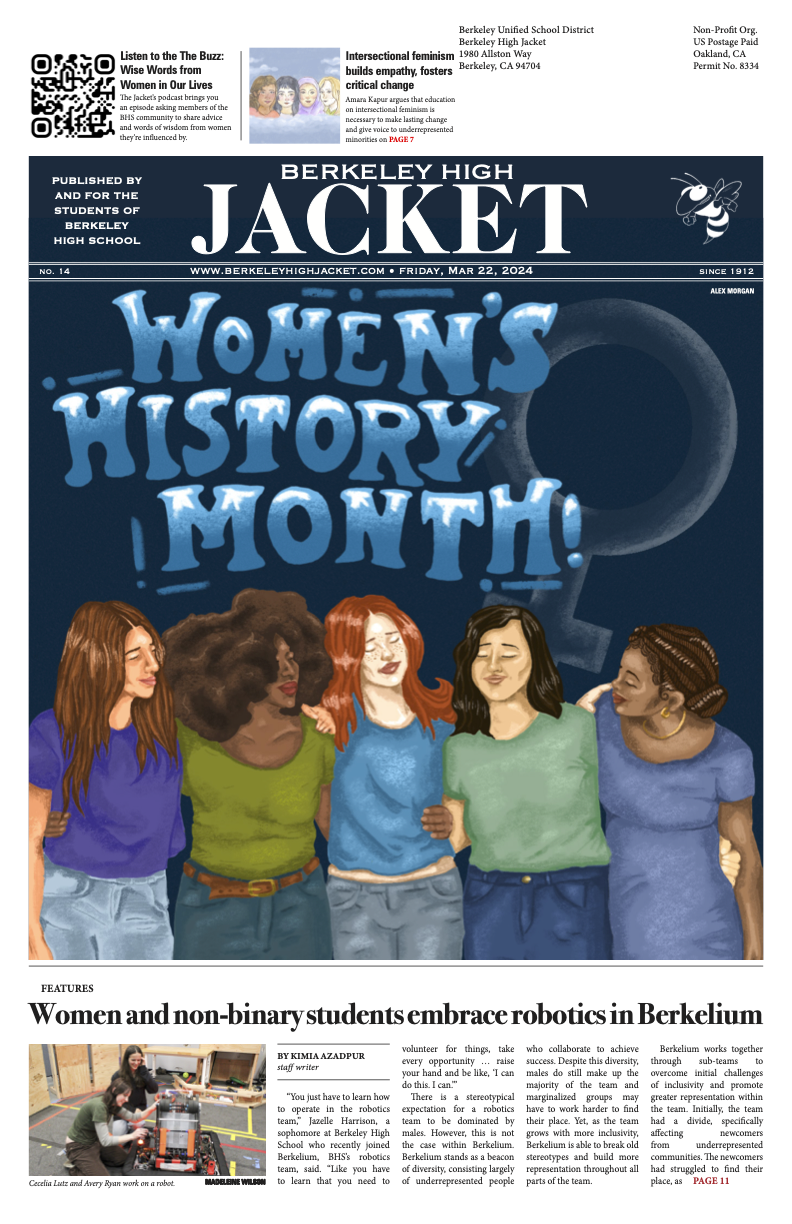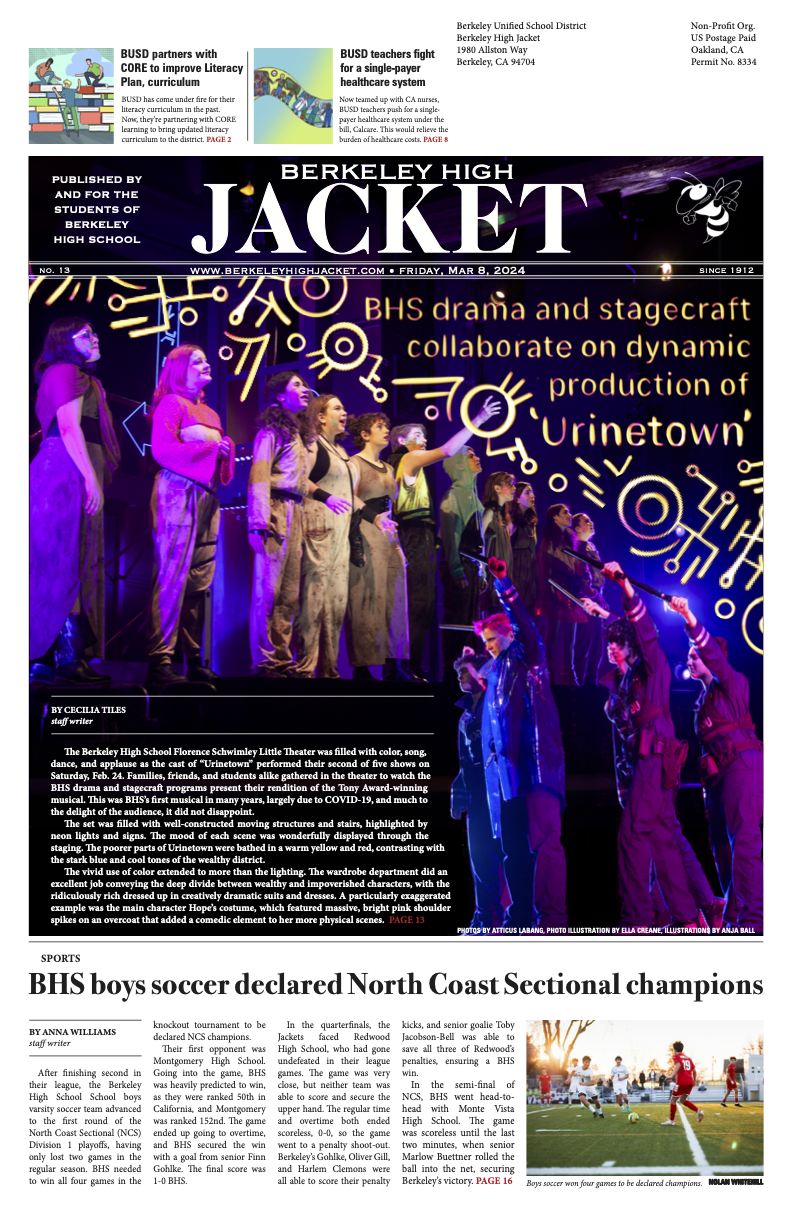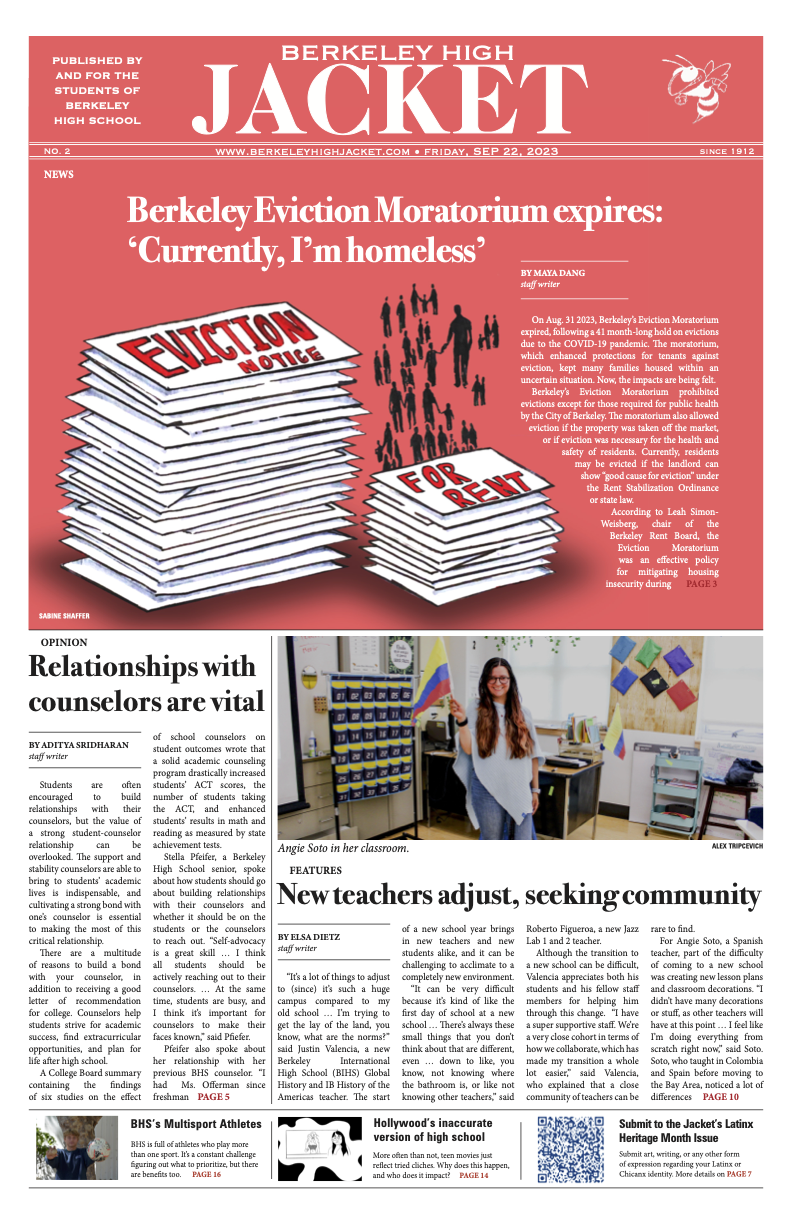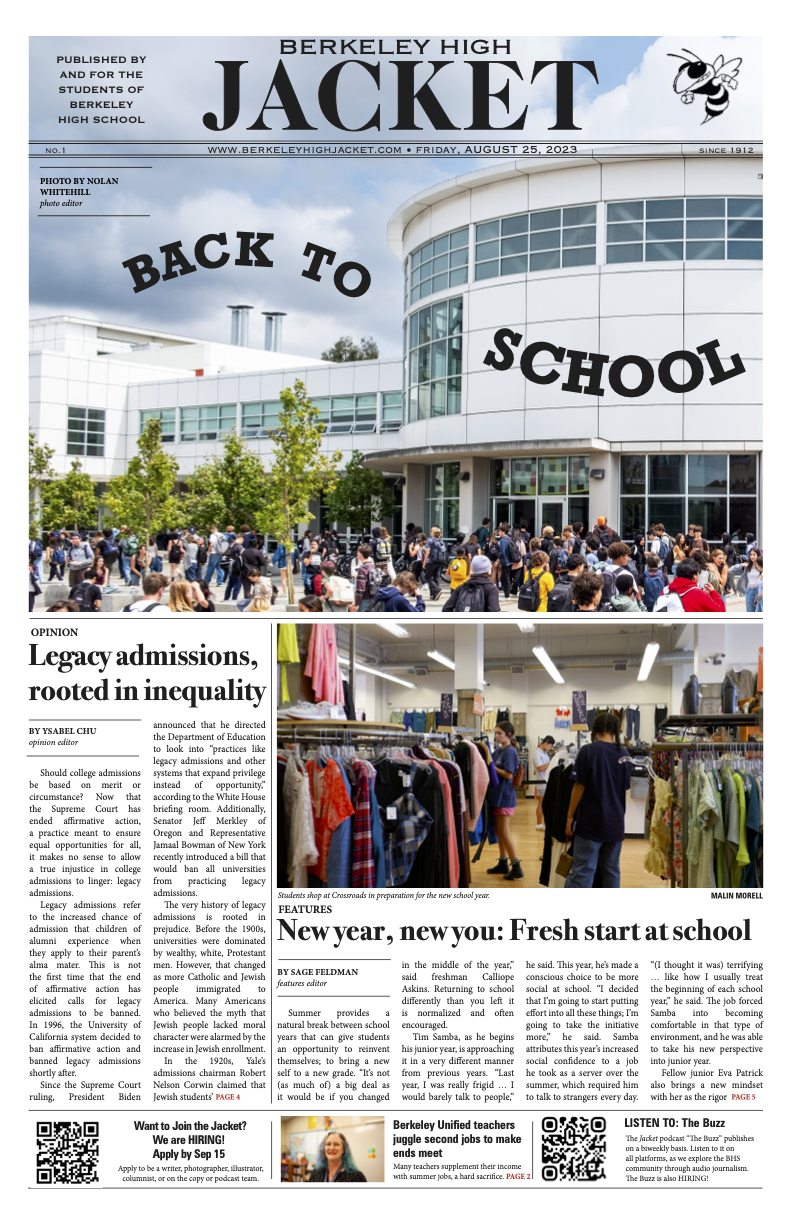As student athletes, we’re all familiar with pushing our limits, mentally and physically, but what if I told you that the key to long-term improvement and ultimate success comes from working with your body, not against it? Female athletes have a superpower: the menstrual cycle. The journey to a greater understanding of your body and the complex systems at work in it lie within the 21 to 35 day cycle that is normal for most healthy teen girls and women. What is usually seen as a monthly inconvenience is actually one of our greatest assets. In fact, once we start recognizing how much of an incredible resource the menstrual cycle is, we can grow to new levels of training and health.
First, we need to distinguish between the phases of the menstrual cycle. The menstrual and follicular phases make up the first half of your total cycle. During these phases, you may find that you can tolerate pain and persevere through hard workouts more effectively. This makes it ideal to push harder than you would at different phases, due to an increase in your body’s estrogen production. Estrogen is a group of steroid hormones that regulate the female reproductive system, but they are also known to increase cardiovascular health, bone health and brain function. Conversely, the luteal phase (which lasts from ovulation until your next menstrual period) leads to a spike in the chemical progesterone within your body, and a decrease in estrogen production. Progesterone is a natural chemical that can cause increased body temperature and heightened heart rate. This may manifest as exhaustion and sluggishness during workouts that you can normally handle. Instead of pushing through this discomfort and risking long term energy deficiencies, we can focus on lower-impact (but still productive!) training such as skill development, recovery routines and stretching.
Listening to your body, being vigilant to your body’s unique signals, and adjusting your training load is known as cycle syncing, and it is an invaluable skill and practice to keep. It’s incredibly effective at preventing overtraining and reducing injury risk for female bodied athletes of any sport.
All that being said, it is vital to appreciate that being an athlete, and all the ups and downs that come from participation are not things you should ever have to handle on your own. In my experience, the joy of accomplishment grows exponentially when shared with my team. The confusion about my body and what it is capable of could not have been resolved without my teammates. I find my coaches to be an amazing first resource, they are people who I can turn to for advice and support. Beyond that, sports medicine doctors, nutritionists and even sports psychologists have helped me and continue to help me become the athlete I want to be.
The journey of the female athlete is incredibly powerful and not always easy. Learning about and paying attention to my cycle and inner strength has helped me stop fighting against my body and start working towards my goals with cooperation and understanding.





